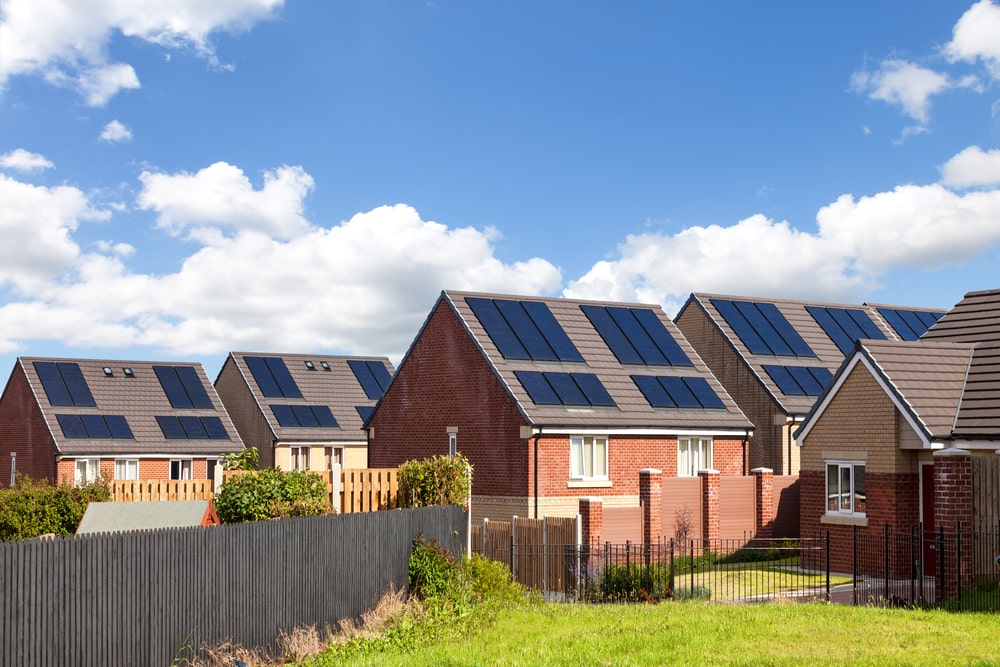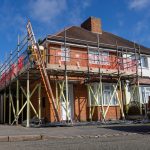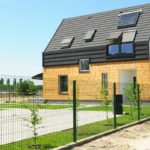Sector - Environment
Can we achieve green homes for all?

A lack of public awareness about eco-friendly properties, the fact that they’re generally more expensive than other types of housing and challenges around delivering them on a large enough scale means green homes are not currently accessible to everyone. To address this problem, financial incentives for both property developers and the public are required, as well as a nationwide educational campaign.
According to research conducted by law firm, Shakespeare Martineau, most people feel that they lack knowledge about the benefits of green homes, and therefore do not prioritise seeking out these features when looking at properties. We speal with Neil Gosling, partner and head of residential development at Shakespeare Martineau , about how we can address the problem.
79% don’t know enough
In fact, of the 18 per cent of people who said they were neither likely nor unlikely to purchase a green home, 79 per cent said they didn’t know enough about green homes and only 21 per cent said they were indifferent to them.
This indicates a lack of education or awareness of green homes in the general population that prevents people from making an informed choice, rather than a lack of interest in buying them. After being given information on green homes, 76 per cent of people said they would be more likely to consider purchasing one for their next property.
Cost a significant factor
Cost is a significant factor that people consider when looking to purchase a property, and the fact that green homes are usually more expensive than other kinds of houses may put some people off choosing them. Usually first-time buyers or those moving into their second homes. These kinds of buyers tend not to be looking for their ‘forever home’, and therefore don’t plan to live in the property for long enough to realise a return on their investment.
The UK is far behind the EU in providing short- and medium-term financial incentives for people purchasing a green home. Currently, only a handful of UK mortgage providers offer better lending rates to homes that are classed as energy efficient, despite 80 per cent of the people surveyed saying they would be more likely to consider a green home if there was a 30 per cent reduction in the price of the property.
MMC
Modern methods of construction (MMC) can significantly reduce the amount of embodied carbon in a property due to the manufacturing process and local labour. However, many feel that MMC may not be the silver bullet: manufacturing costs are increasing due to supply chain issues and material shortages. Rising petrol costs is also a key factor, making delivery of product more expensive and, in some cases, unviable.
In order to encourage the widespread use more environmentally-friendly construction methods and materials, government assistance will be required. This is because such changes often require significant time and financial investment from property developers. Over time, such added costs would eat into their overall profits, particularly for smaller property developers.
Retrofitting
Homes being built and purchased now that do not have sustainable features will need to be retrofitted. This raises the question of who will bear this additional cost; if it is the consumer, then the changes cannot be considered mandatory, but if it is the Government, where will the budget come from? 80 per cent of homes that are being built now will still be around in 2050, and there is the added complication that 37 per cent of these homes were built pre-1946. For this reason, the techniques required to retrofit different kinds of properties may be quite complex. While social housing will be entitled to Government funding for the purpose of retrofitting, options for other kinds of housing are limited. Aside from one £5,000 grant from Heat and Building Strategy, there are very few allowances available for consumers to retrofit their homes.
In terms of standardising green homes across the UK, there are some simple solutions that can be introduced. To tackle the public’s lack of knowledge about green homes a nationwide educational campaign is needed. This could help to raise awareness about what green homes are, how they benefit the consumer and their reduced environmental impact.
Financial incentives
In order to drive down the price of green homes, financial incentives need to be put in place to encourage the public to purchase a green home. This could include reduced council tax, improved lending rates and lower stamp duty. There would also have to be changes implemented to assist developers with producing more green homes, such as simplifying the planning process, increasing the investment in training technical experts (for example heat pump installers) and improved rates for SMEs building green homes. Finally, grants should be introduced to help people retrofit older properties with new features, to make them greener.
Standardising green homes across the UK will require a partnership between government and property developers, as well as a detailed roadmap setting out how to achieve this goal. Short-term incentives, such as reduced council tax, will encourage some people in the current climate, but education about green homes will ensure a lasting impact.
If you would like to read more stories like this, then please click here
Related Articles
More Environment News
- 151 new flood schemes delivered
4 Nov 25
government has delivered 151 new flood defence schemes in its first year
- Government commits to record levels of funding for flood resilience
24 Sep 25
A total of £2.65 billion is being spent over two years on new flood defences.
- COWI partners with University of Strathclyde to trial environmental DNA for sustainable infrastructure
18 Sep 25
COWI has partnered with the University of Strathclyde to trial the use of environmental DNA (eDNA)






